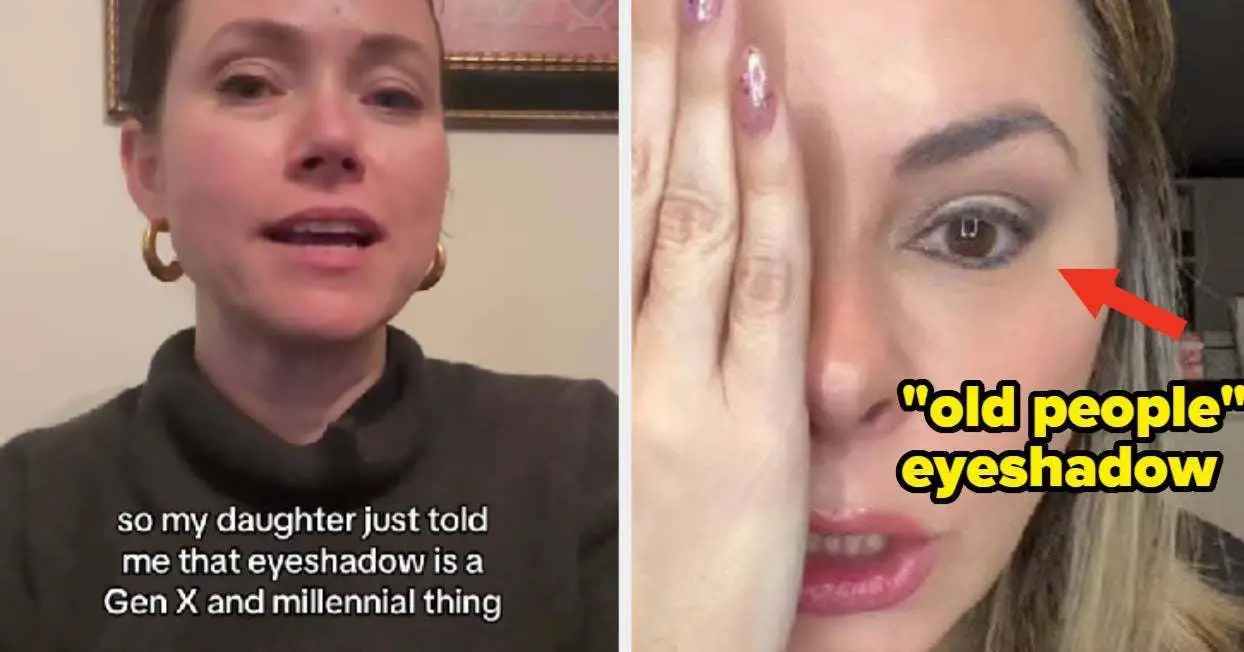NASA has just released its monthly update on what to look out for in the skies over the next few weeks, with Saturn, the Perseid meteors, and a “super blue moon” all featuring.
Saturn
With Venus and Mars having slipped from view for the time being, we can turn our gaze toward Saturn instead. The second planet in our solar system reaches opposition this month, meaning it’s directly opposite the sun as seen from Earth. It’ll be appearing just after sunset and will remain visible until dawn, giving us plenty of time to check it out. On the morning of August 3, Saturn will be viewable right beside the moon.
If you’re having trouble pinpointing Saturn, then try using one of these astronomy apps.
Perseid meteors
This time of year offers a great chance to see one of the best known meteor showers, the Perseids.
“The meteors are bits of dust — most no larger than sand grains — that originate from comet Swift-Tuttle,” NASA explains. As Earth sweeps through the comet’s debris trail, the particles burn up in the atmosphere, resulting in the annual shower.
The peak night for the Perseids shower is August 12/13, though a few days before and after will also offer a good chance to see the blazes of light streaking across the night sky (clear skies permitting, of course).
The best time to view the meteor shower is between midnight and dawn, with meteor activity expected to be at its greatest in the hour before dawn.
Moon
You’ll be hearing a lot about the moon in August, as the month starts and finishes with a full moon, something that only happens once every few years.
“A second full moon in a single calendar month is commonly called a ‘blue moon,’” NASA says. “They happen every two-to-three years because the moon’s monthly cycle is just a bit shorter than the average length of a month. So eventually a full moon will happen at the beginning of a month, with enough days left for a complete lunar cycle. When that happens, we get a blue moon.”
This month’s blue moon, on August 30, is also a supermoon. The agency explains: “The moon’s orbit isn’t a perfect circle, so sometimes it’s a little farther away from Earth and sometimes closer. At its closest point, called perigee, it’s 14% closer than at its farthest. About three-to-four times a year, the full moon phase happens to coincide with the moon reaching perigee, and we call that event a supermoon.” It notes that although it “technically appears a little bit bigger (and a tad brighter) than the average full moon, the difference is not super noticeable to the eye.”
The combination of these two special full moons results in what’s known as a “super blue moon,” a phenomenon that takes place only about once every 10 years on average, though the time between occurrences can vary from two months to two decades or more.
“So enjoy this month’s two full moons, and while the second one won’t appear super-sized, or any bluer than usual, now you know what makes it special,” NASA says.
Editors’ Recommendations
Source link










Leave a Reply